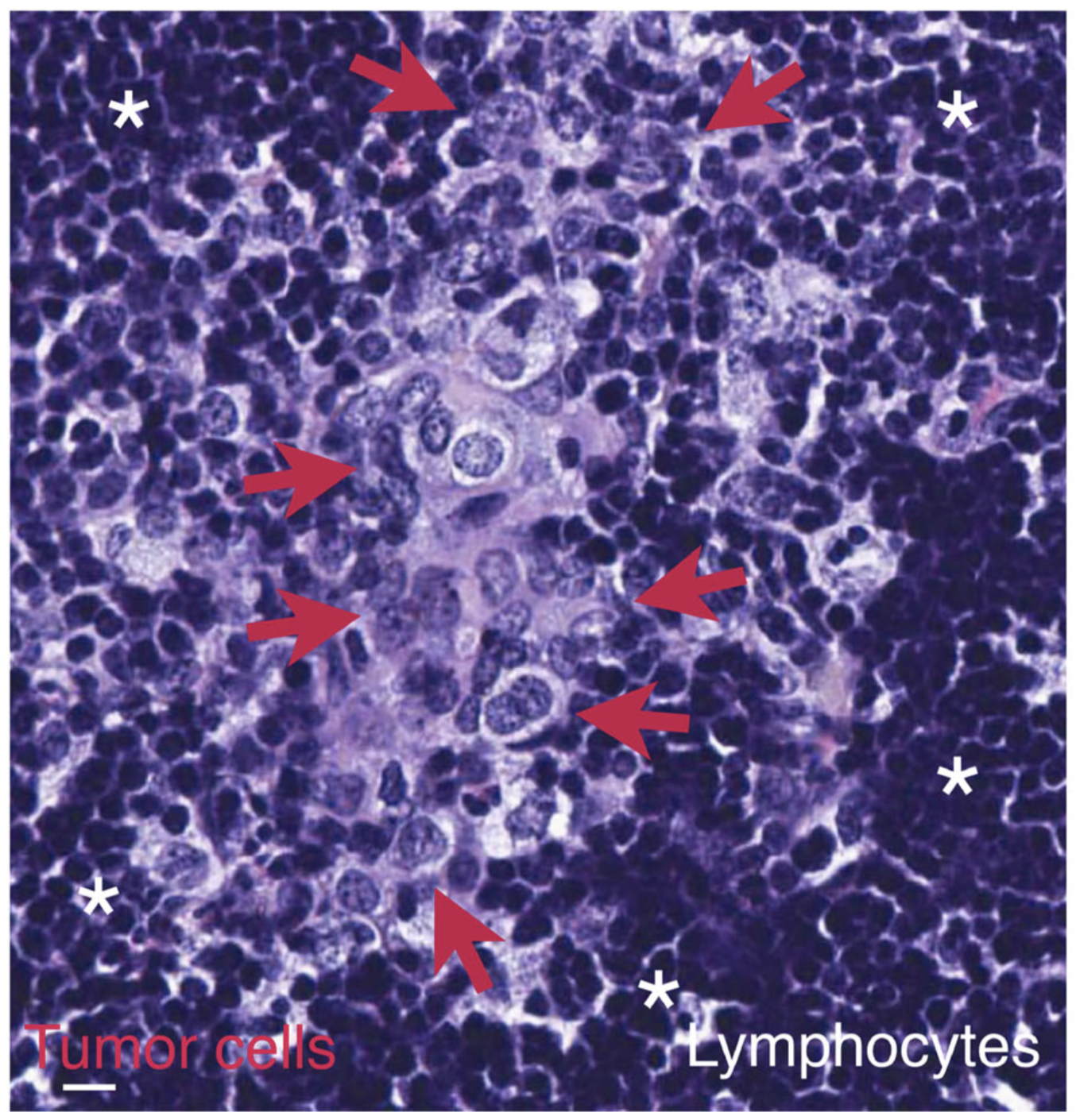Prostate Cancer
Using a novel genetically engineered mouse model to identify new drug targets for treatment-resistant metastatic prostate cancer



Posted January 14, 2020
Lloyd Trotman, Ph.D., Cold Spring Harbor Laboratory

The standard of care approach for treating metastatic disease utilizes anti-hormone therapy to shut down the main driving pathway of the cancer cells. Unfortunately, cancer cells usually adapt to this altered environment and they become resistant to this form of therapy. With approximately 32,000 men in the U.S. failing to respond to available therapies and dying of prostate cancer each year, it is important to find new options for treating metastatic disease. The focus of Dr. Lloyd Trotman’s research at the Cold Spring Harbor Laboratory is to understand the mechanisms driving human prostate cancer in its most lethal, metastatic form, in order to identify novel drug targets for these patients.
In order to properly study prostate cancer metastasis, Dr. Trotman and his research team sought to develop a mouse model that recapitulates human disease but in a much accelerated time frame. With support from a FY13 Idea Development Award, they developed a new genetically engineered mouse model called RapidCaP. This mouse model accurately re-creates the journey from a native prostate tumor to metastasis in an immune competent animal.
The MYC gene is a known oncogene and driver of many cancers, including prostate cancer where it is often highly expressed in metastatic disease. Unfortunately, there has been little success in targeting MYC with drugs so far. Using the RapidCaP mouse model they developed, Dr. Trotman and his team have discovered that MYC depends on an enzyme called PHLPP2 (pronounced FLIP-2), which protects MYC from degradation. This finding has revealed a novel approach to target MYC indirectly by developing PHLPP2 inhibitors.
The research team at Cold Spring Harbor is continuing to make advances in understanding basic fundamentals of metastasis. Since the early 2000s, they have made huge strides in understanding prostate tumors by comparing human patient samples with those from genetically engineered mice. Through their PCRP-funded work, they have identified PHLPP2 as a druggable target of MYC-driven prostate cancer and are currently testing how to best inhibit PHLPP2 in vivo. Furthermore, the team continues to use the RapidCap mouse model to identify additional novel drug targets in hopes to develop new therapies for men with treatment-resistant metastatic prostate cancer.

RED ARROWS INDICATE PROSTATE CANCER CELLS THAT HAVE METASTASIZED TO THE LYMPH NODES OF A GENETICALLY ENGINEERED MOUSE. THIS PROCESS IS BLOCKED IN MICE LACKING THE ENZYME PHLPP2.
Publication:
Nowak DG, Katsenelson KC, Watrud KE, Chen M, Mathew G, D'Andrea VD, Lee MF, Swamynathan MM, Casanova-Salas I, Jibilian MC, Buckholtz CL, Ambrico AJ, Pan CH, Wilkinson JE, Newton AC, Trotman LC. The PHLPP2 phosphatase is a druggable driver of prostate cancer progression. J Cell Biol. 2019 Jun 3;218(6):1943-1957. doi: 10.1083/jcb.201902048. Epub 2019 May 15. PubMed PMID: 31092557; PubMed Central PMCID: PMC6548123.
Link:
RapidCaP, a Novel GEM Model to Fight Treatment-Resistant Metastatic Prostate Cancer
Last updated Friday, March 7, 2025














